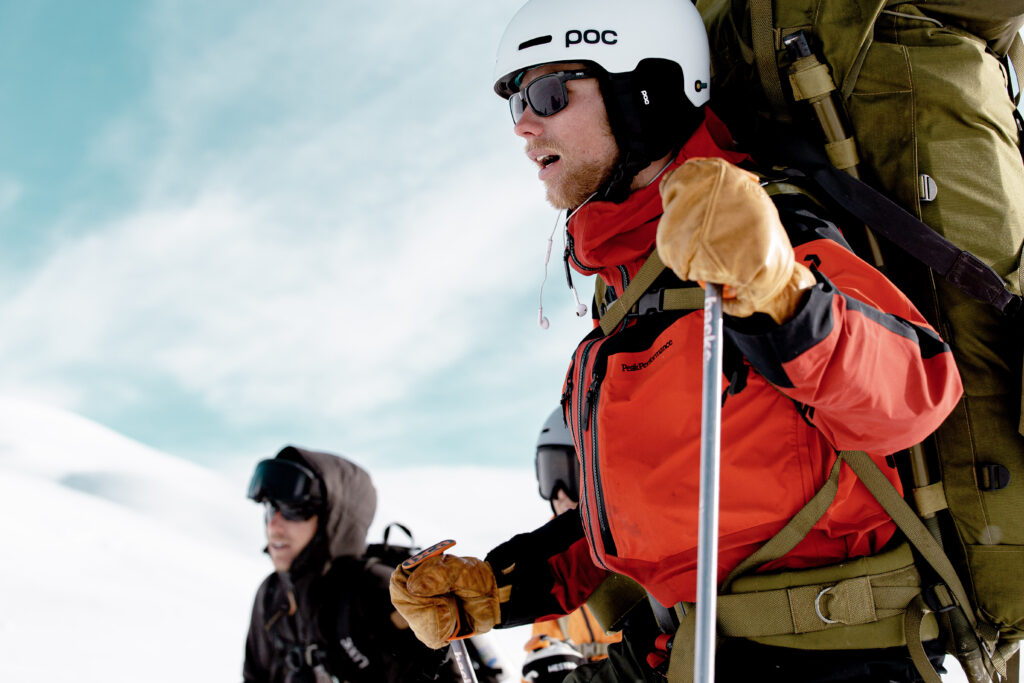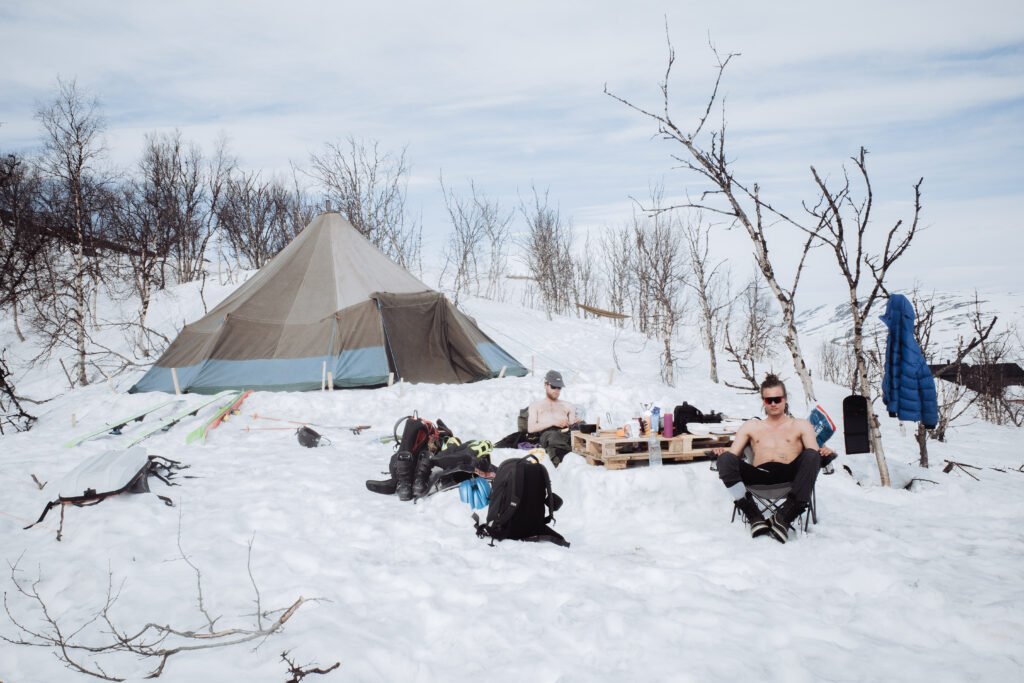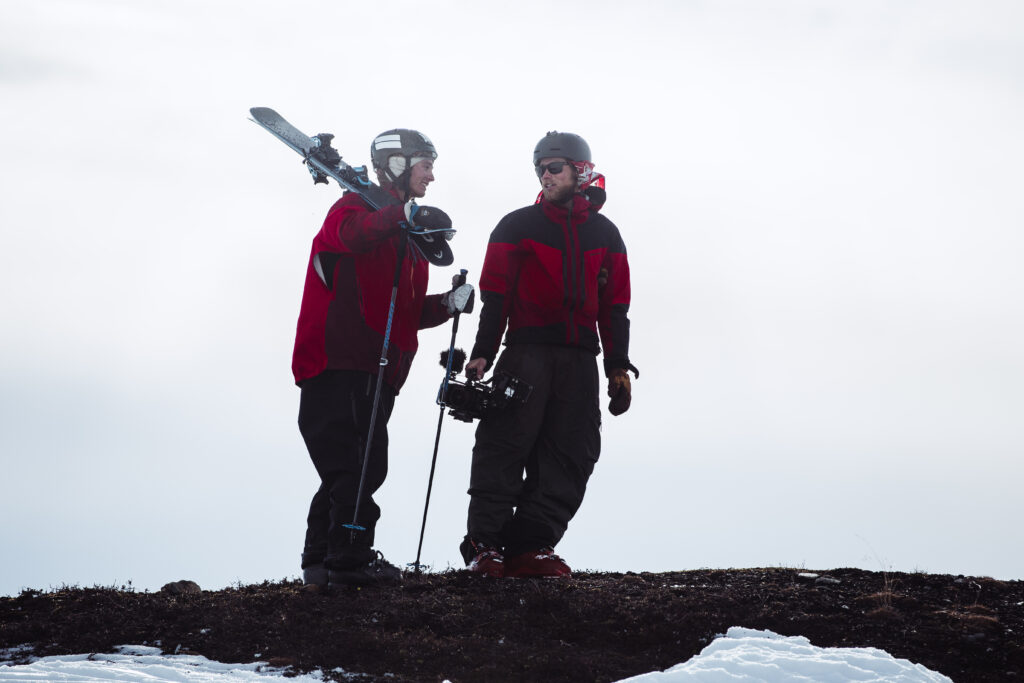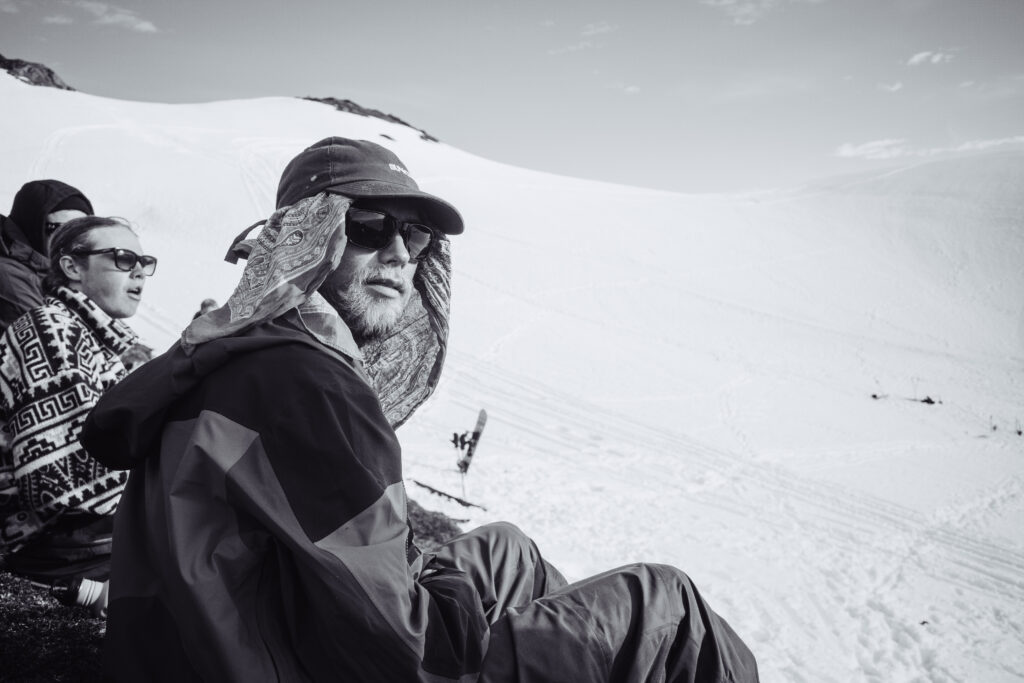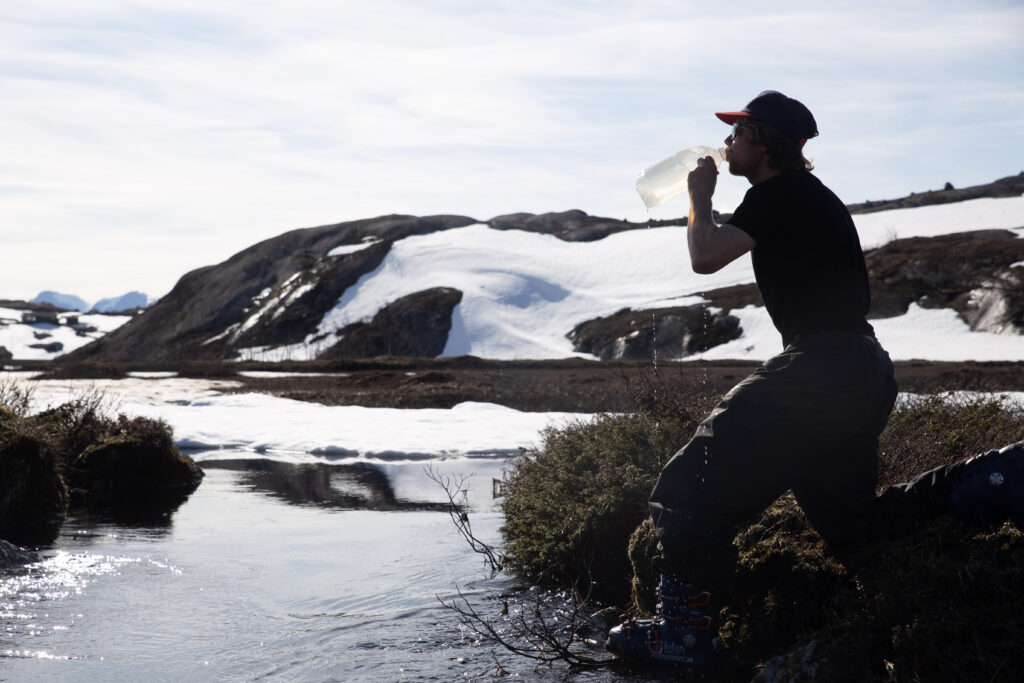The Bunch, a group of amazing freeskiers, just released their seventh film “Is there time for matching socks“. During the entire production a main focus was to keep the greenhouse gas emissions down. We talked to The Bunch members Magnus and Alric to get some insights and key learnings on how to make a sustainable film.
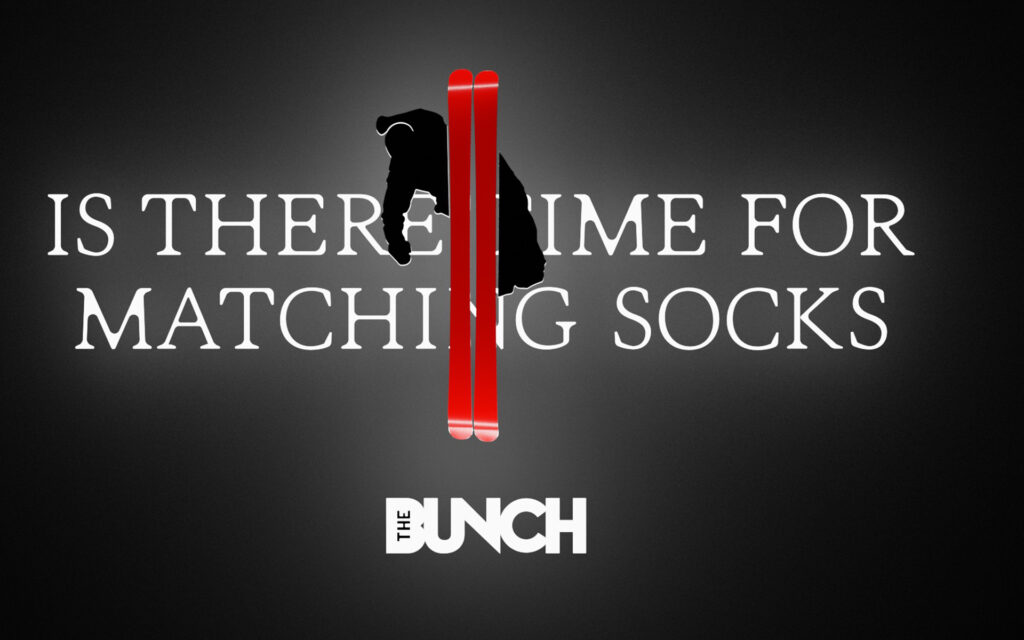
The film was shot in Sweden, Norway, France, Russia, Switzerland, Japan and Canada during 171 days and resulted in 41 tonnes of CO2 emissions. That is 459 tonnes below the average film production and probably way below a big screen play’ emissions. So, what did they do differently?
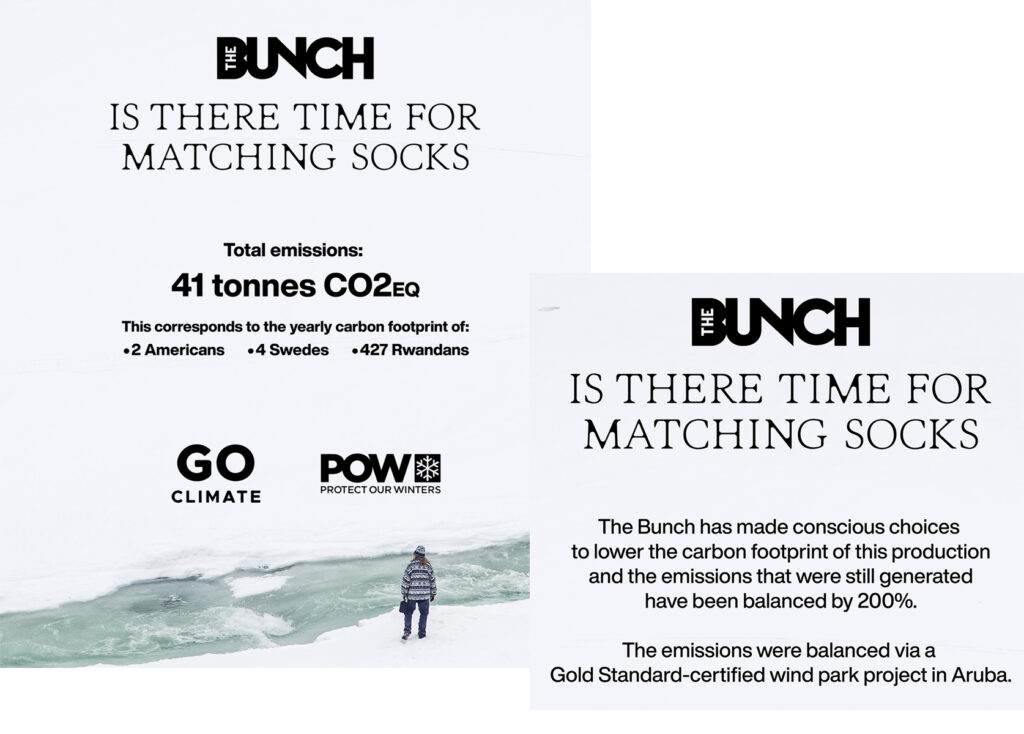
Climate-friendly options for producing films
Hello The Bunch, how did you keep the carbon footprint at a minimum?
We mainly ate vegetarian and vegan food resulting in a high intake of potatoes and beetroot salad in Russia :). There’s definitely room for improvement in some countries when it comes to trying to cut down on meat. But overall it was an interesting experience.
We also decided to take the train whenever possible. We travelled to the Alps and back from Stockholm, Sweden twice. And we spent 70-80 hours on Russian trains going to both Kirov and Sochi.
How was your experience spending such a big amount of time on the train?
It was a great experience with lots of fun memories. It does of course come with a bit of hustling and it’s more time consuming than travelling by plane, but the benefits outweigh it. Most of our time was spent in the dining car playing cards, talking to Russians and challenging them in arm wrestling. That would not have happened on a plane. It was really memorable and gave us great laughs.
For a 2-3 week long trip, spending a few more days on traveling isn’t a big deal. We really like to fully experience the local culture and not only check in to a hotel, spend days on the mountains without seeing any locals at all and then take the next flight to another mountain. On the opposite, we love to shoot in the middle of the streets in a city, it creates really interesting encounters which wouldn’t have taken place on another set.
In what other ways do you take climate action?
Even if this is the first movie production we have calculated the carbon footprint for, we have always been conscious about the way we travel and what we eat. We have turned down offers to go to the US and Japan just to avoid the emissions it would cause. We sell thrifted The Bunch merchandise on our website, we have an Insta account we’re we sell pre-loved stuff as helmets and skiis and we are promoting veggie food and a healthier lifestyle via #healthgangofficial.
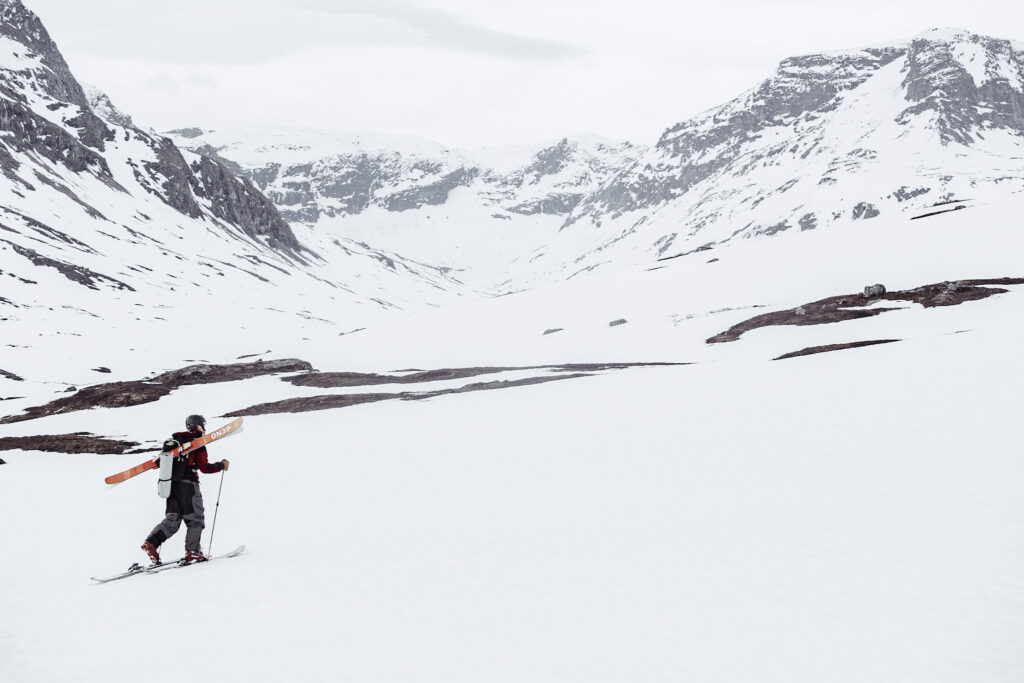
We at GoClimate are really impressed by The Bunch showing true leadership within the film industry. Our findings are that emissions caused by a production rarely are taken into consideration and when they are, numbers are not public. They are also great role models within the wintersport world, where transports with planes, helicopters and big cars are causing big amounts of greenhouse gases.
Transportation is the highest emission factor
In this film production the majority of the travels were made by train. The return trip from Sochi, Russia, was done by plane. A few seconds of the movie was shot in Japan by one of the Bunch members, who was there on another assignment. The emissions from that trip were also included in the calculations. The Canada trip was not planned but since there was no snow in Scandinavia and The Bunch’s Hackel was competing in Xgames realski with a tight deadline they made the decision to go there to finish up the X Games video. They filmed some shots for “Is There Time for Matching Socks” in between shooting for Xgames realski. That trip included three round trips from Stockholm to Quebec, which generated a big part of the overall emissions for the film.
The diet consisted of around 30% vegan food, 60% vegetarian food and 10% meat.

The full climate report can be found here.
Read more about the carbon footprint of the film industry here.
